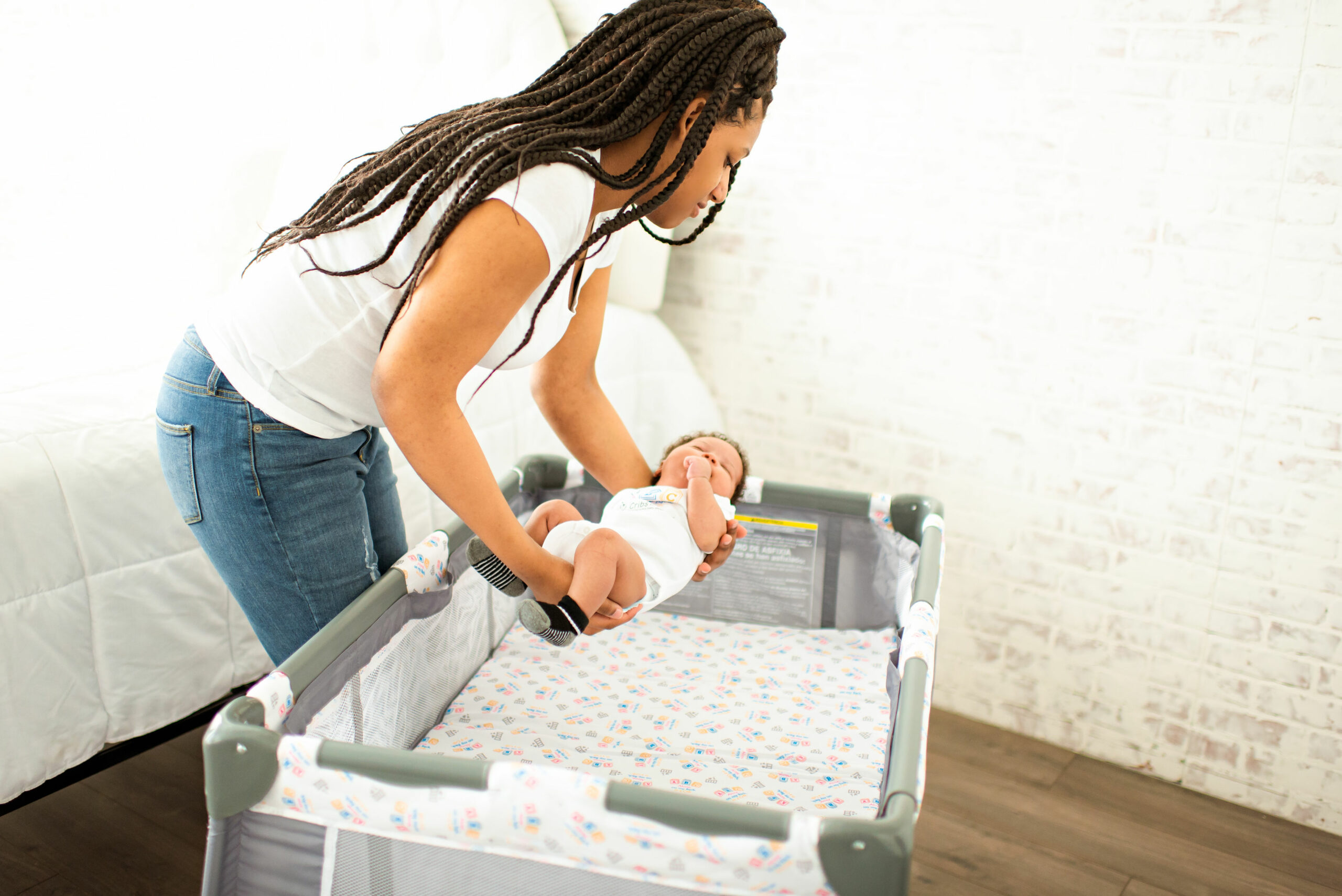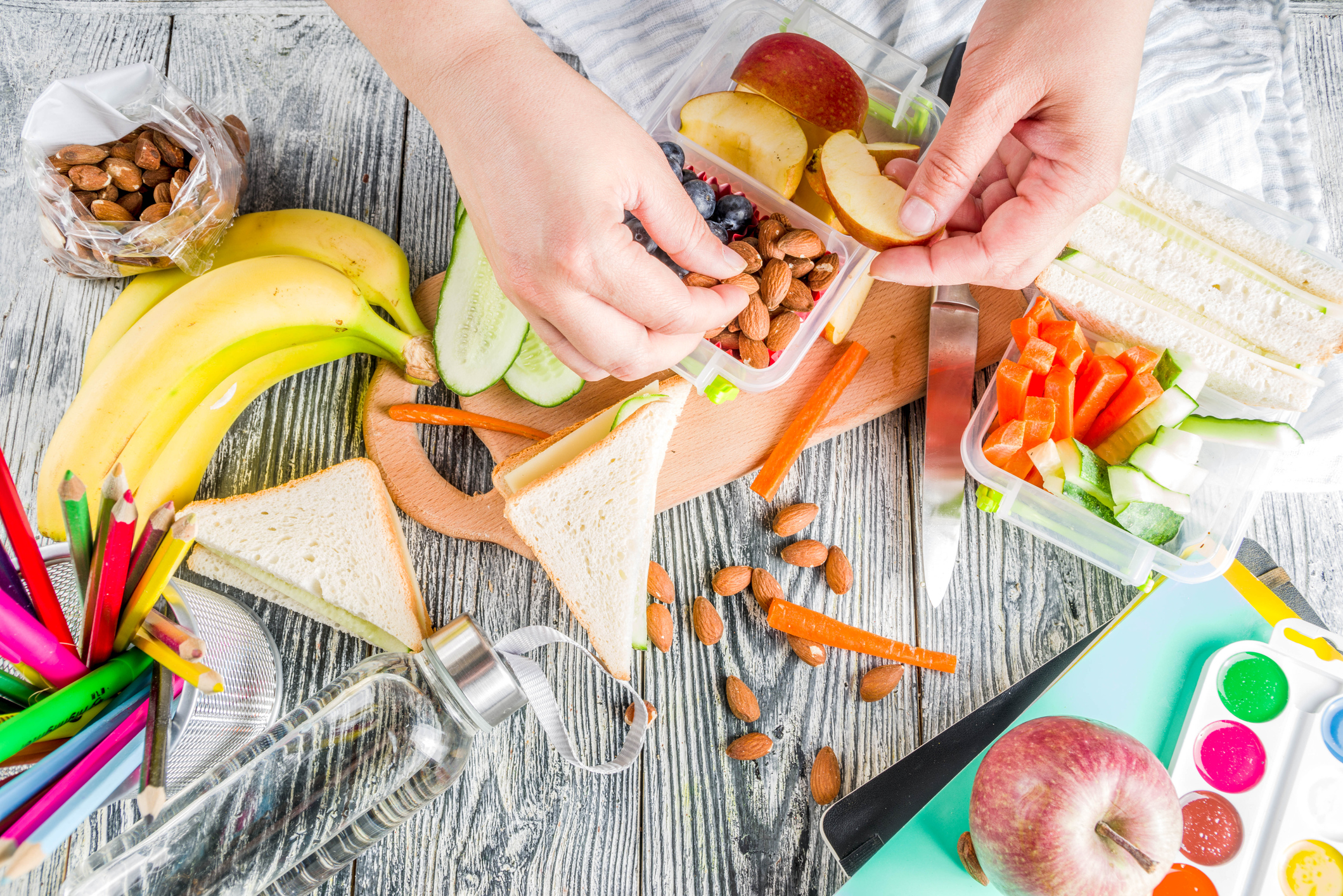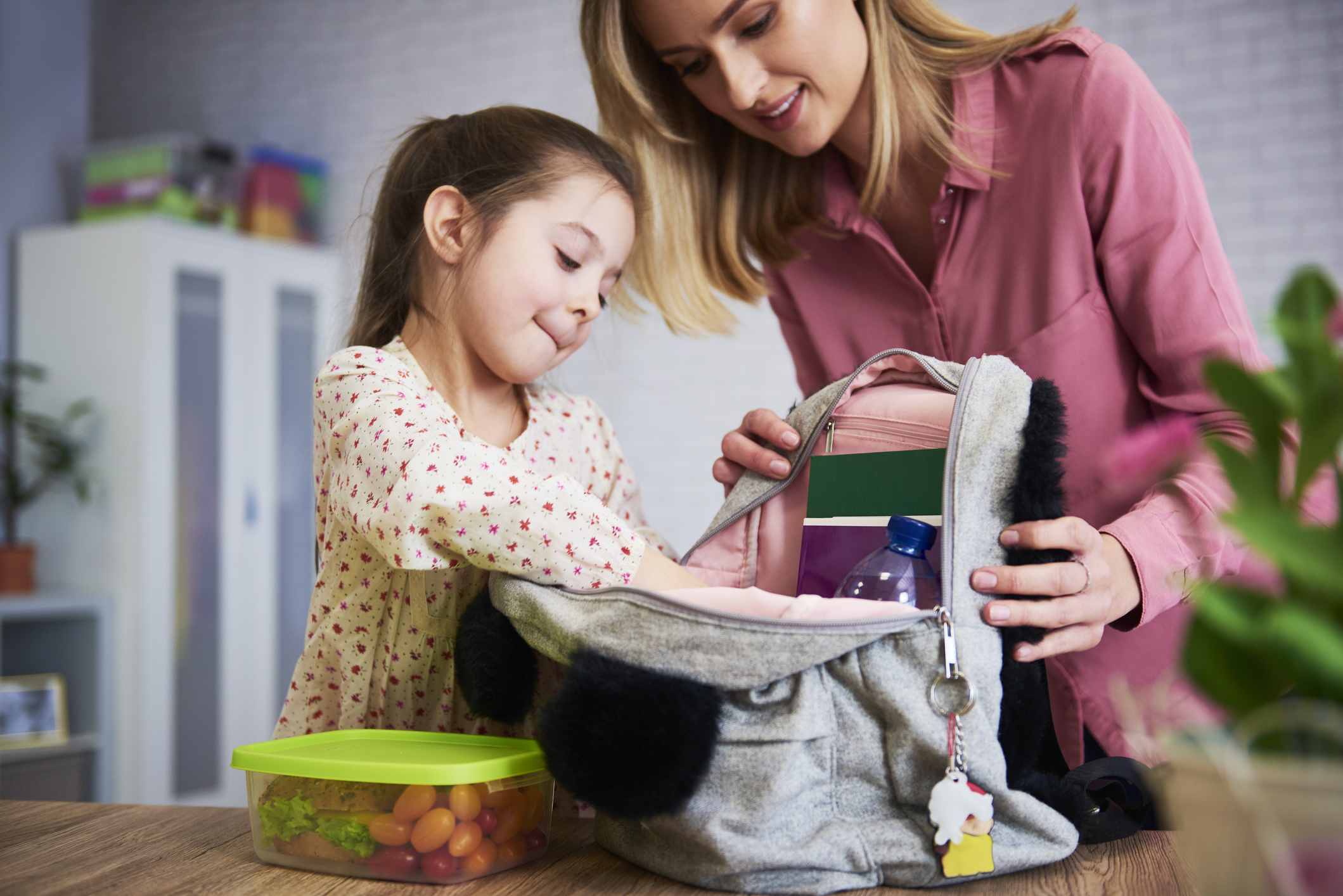Julie Truran, Clinical Manager – Pediatric Unit
In 1992, the American Academy of Pediatrics (AAP) recommended the Back-to-Sleep campaign to encourage parents to place their infants on their backs to sleep. Since then, the rate of infant sleep-related deaths has declined more than 50 percent. However, sleep-related infant deaths still claim more than 3,500 lives in the United States each year. Even one death is too many. These numbers mean there is still more work to be done to protect our infants from a very preventable death.
Sudden Infant Death Syndrome (SIDS), was most commonly talked about as the cause of sleep-related deaths in infants. More recently, the term used to describe a sleep-related death is Sudden Unexplained Infant Death (SUID). This term gives experts more room to classify these deaths more specifically, which has led to modifiable factors that could help to prevent them. The definition of SUID is a death that occurs in a previously healthy infant where there is no obvious cause of death prior to an investigation. Some causes of SUID include:
- Sudden Infant Death Syndrome (SIDS)
- Suffocation or Accidental suffocation or strangulation in bed (ASSB)
- Neglect
- Hypothermia/Hyperthermia
- Unknown causes
Sleep-related infant deaths are not predictable, but they are preventable. Following safe sleep practices can greatly reduce the risk of SUID.
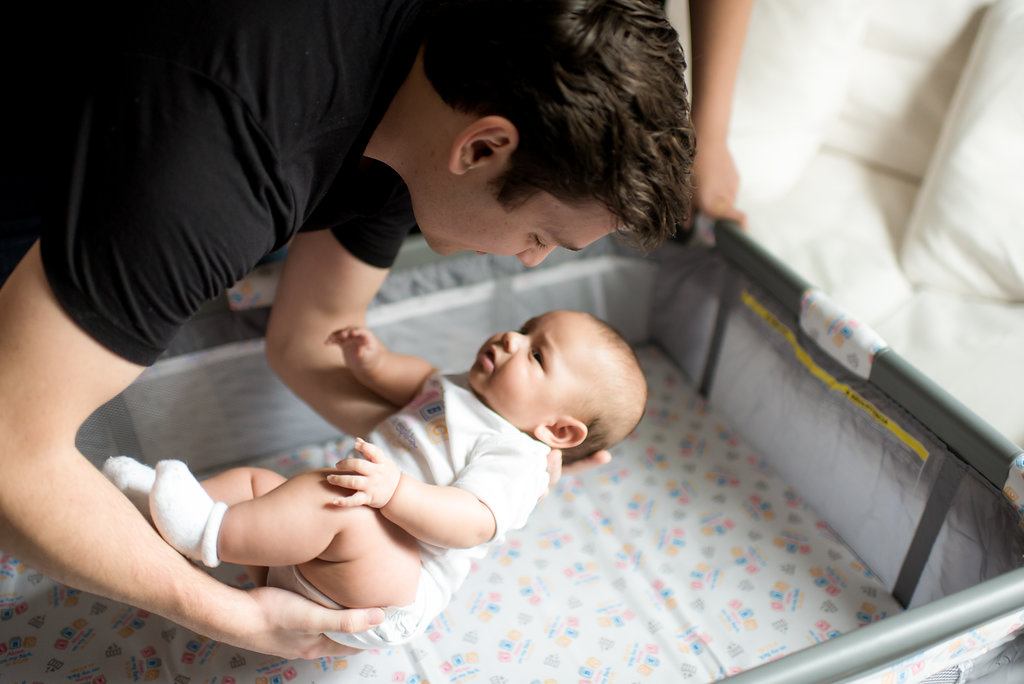
The ABC’s of Safe Sleep
In 2011, American Academy of Pediatrics (AAP) updated their recommendations to include the ABC’s of safe sleep. This simple acronym is the easiest way to remember to practice safe sleep.
Babies should sleep:
- Alone or All by myself
- On their Backs
- In a Crib
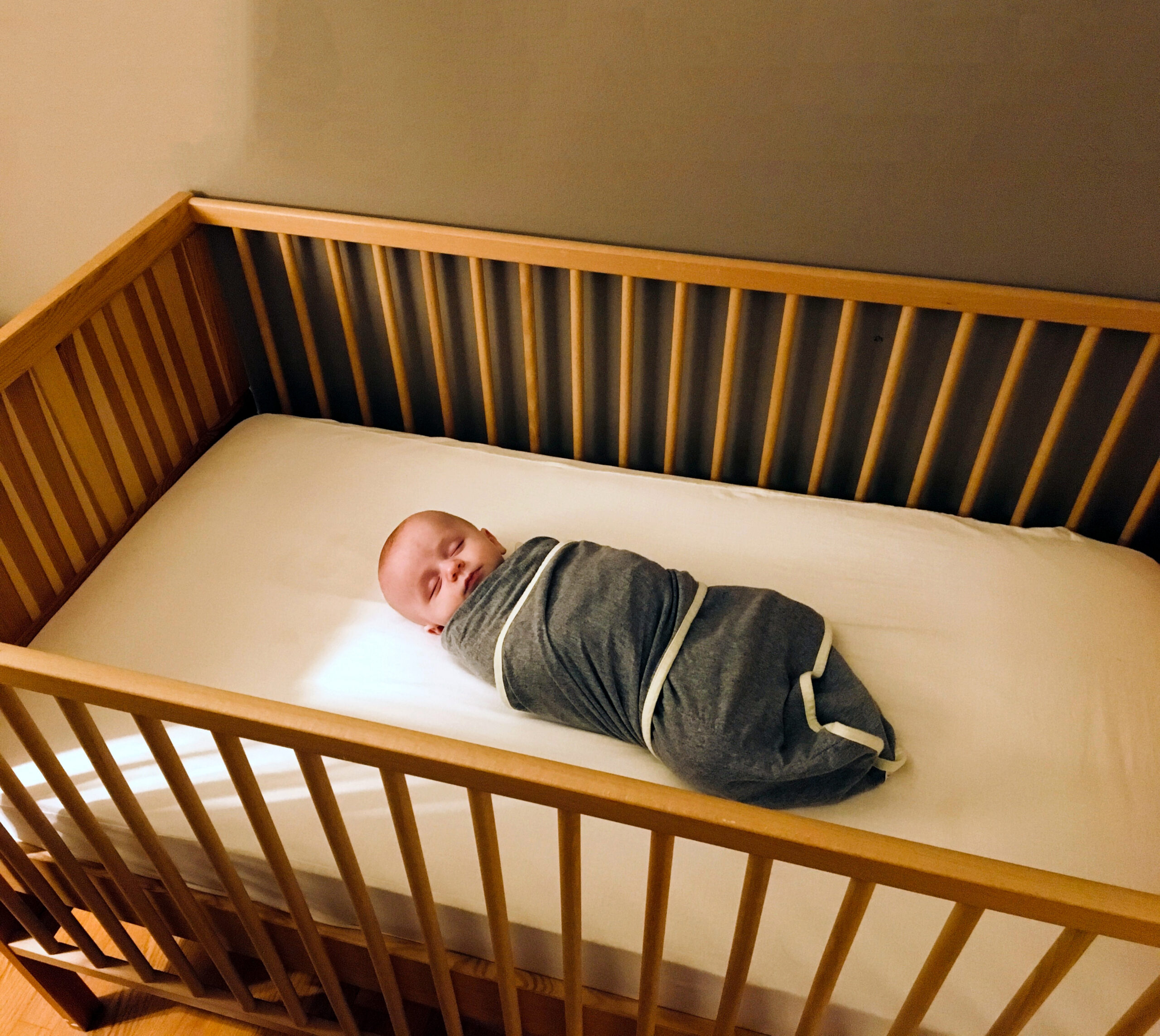
Modifying the infant’s environment is the key to prevent SUID! To create the safest sleep environment possible, the AAP recommends following these guidelines to reduce the risk of sleep-related infant deaths:
- Back to Sleep – Always place an infant on their back to sleep. Make sure anyone caring for your infant also does the same. Even when your baby is able to roll over, still place them on their back to sleep. If they roll over, you do not change their position.
- Sleep surface – The baby should be placed on a firm sleep surface covered with a tight-fitting sheet. NEVER place a baby to sleep in/on pillows, quilts, sheepskins, or other soft surfaces. Soft bedding increases risk of death by 5 times! Babies who sleep on their stomachs and soft bedding increase their risk of death by 21 times!
- Crib Environment – NOTHING should be in the infant’s crib but the baby! Do not use loose bedding, pillows, or toys. Do not use bumper pads because strangulation, suffocation, and entrapment can occur. Do not put stuffed animals in the crib. Do not use positioners, boppy pillows, or rolled blankets in the crib. The head of the crib should remain flat. Do not prop or elevate the bed or mattress.
- Smoke Exposure – DO NOT smoke before or after the birth of the baby. DO NOT allow others to smoke around the baby. If parents or caregivers must smoke, they should do it away from the baby and change their clothes and wash their hands before handling the baby again. Exposure to passive smoke in the house doubles a baby’s risk of SIDS!
- Bed Sharing/Co-Sleeping – The baby’s crib/sleep area should be close to but SEPARATE from the parent/caregiver. Room sharing is recommended, and it can reduce the risk of SIDS by 50%. A baby should never sleep in an adult’s bed, on a couch, in a chair, or any other surface with another child or pet. Bedsharing and co-sleeping greatly increases the baby’s risk of sleep-related death, especially suffocation. You cannot control your fatigue…so room sharing is the safest option.
- Overheating – Babies should wear lightweight clothing for sleep. The best option is a sleep sack or wearable blanket. Swaddling is acceptable if it is lightweight and away from the baby’s head and not higher than the shoulders. Do not over bundle or overdress the baby with too many layers or tuck them in with loose blankets. Keep the room and house at a temperature that is comfortable for adults. There is no need to keep temperatures higher because there is a baby in the house. Studies show that an overheated baby is at risk of sudden death.
- Pacifiers – Pacifiers have been shown to be protective against SIDS. You can offer the baby a pacifier, but do not force it. If you are breastfeeding, wait 3-4 weeks before introducing a pacifier. This will give you time to establish good breastfeeding. The pacifier should be clean and dry. Do not put anything on the pacifier and to not tether it to the baby in any way.
- Unsafe products – Sleepers, nappers, or positioners should not be used for sleep. These products pose a high risk of suffocation and entrapment and are NOT effective against SIDS. Car seats, swings, and bouncers are also unsafe for sleep. If your baby falls asleep in one of these devices, take them out and place them in a safe sleep environment as soon as possible.
All these recommendations come from significant research over the last 30 years. Following these guidelines for healthy babies from birth to 1 year of age reduces the risk of sleep-related infant deaths. Always talk to your pediatrician if you have questions about safe sleep. Health experts will be able to help you create the safest sleep plan possible for your baby.


